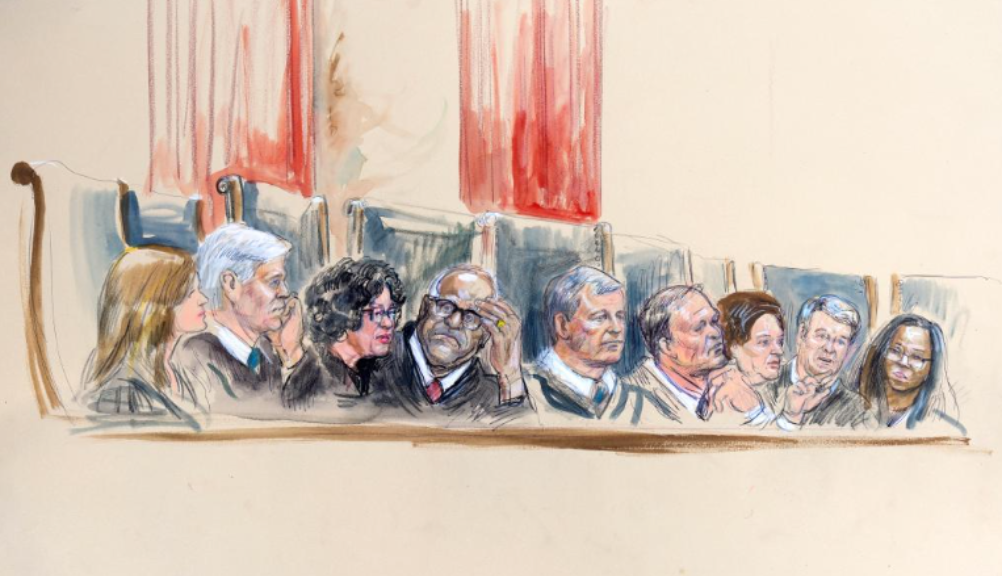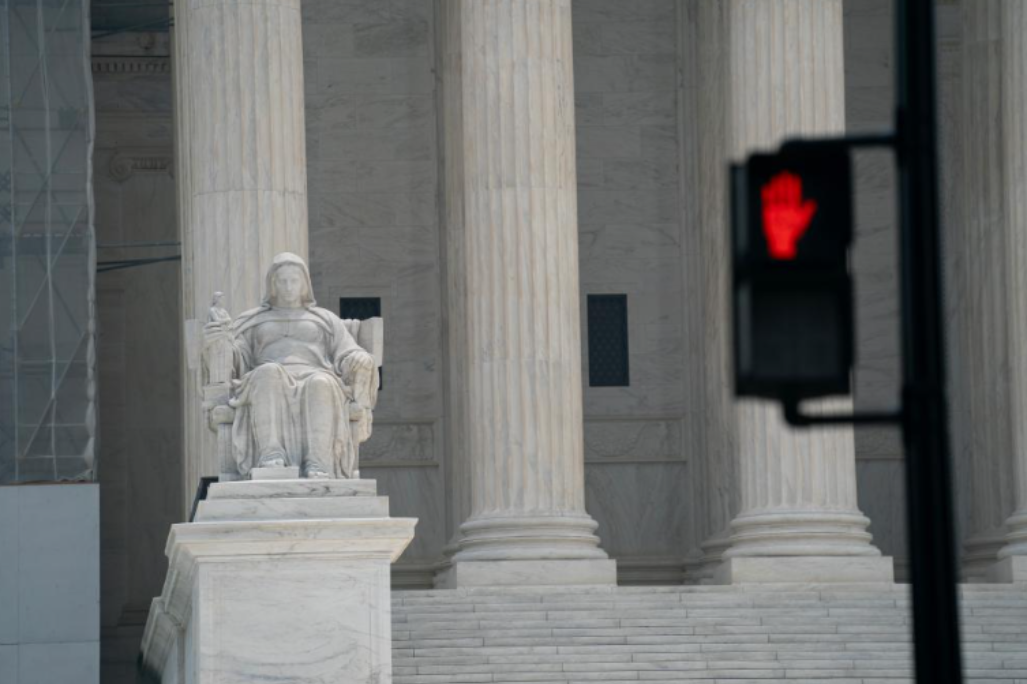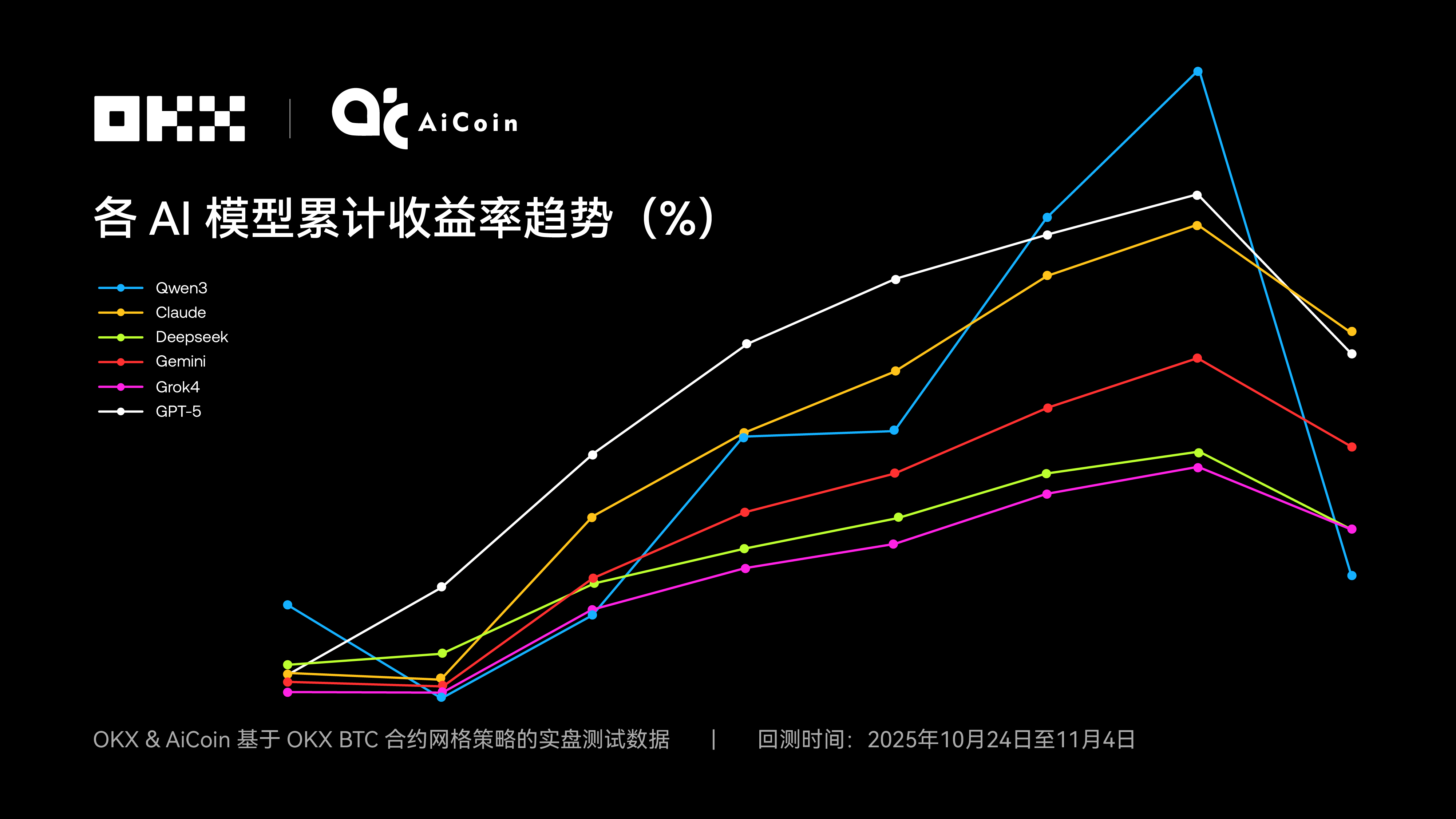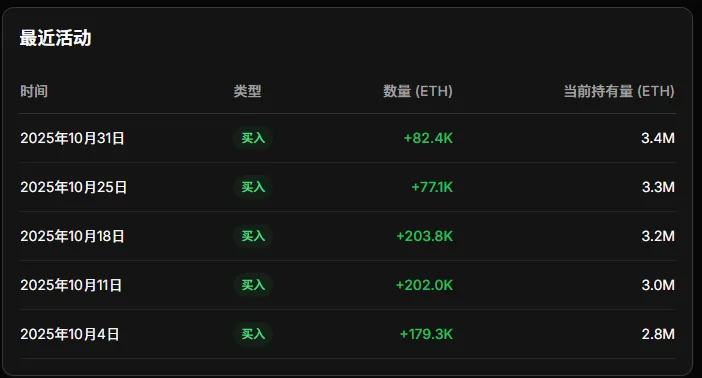The nine justices of the U.S. Supreme Court are engaged in a heated debate over a case that could redefine the boundaries of presidential power, with their ruling set to impact the flow of over a hundred billion dollars and the landscape of global trade. On November 5, local time, the Supreme Court held a two-and-a-half-hour debate on the legality of former President Trump's large-scale tariff imposition, with a tense atmosphere in the courtroom.
Several conservative and liberal justices questioned Trump's policy of implementing comprehensive tariffs under the International Emergency Economic Powers Act (IEEPA) of 1977. The core of the case lies in defining the boundaries of the U.S. president's trade policy powers, with the ruling potentially affecting over $14 billion in potential tariff refunds and possibly overturning the entire trade strategy framework of the Trump administration.

1. Courtroom Scene: Voices of Doubt
● During the November 5 hearing, several justices of the U.S. Supreme Court raised sharp questions about the legality of the Trump administration's comprehensive tariff policy. This two-and-a-half-hour oral debate highlighted the importance of this case in defining the trade policy powers of the U.S. president.
● Chief Justice John Roberts pointedly addressed the nature of the tariffs, arguing that these tariffs are essentially a "tax on the American people," and the power to tax has always been a core power of Congress. His stance indicates that the Trump administration may have overstepped its authority, encroaching on functions that belong to the legislative branch.
● Justice Neil Gorsuch expressed caution regarding the government's logic, even questioning whether Congress could delegate its powers over foreign trade or even the power to declare war to the president under this interpretation.
Justice Amy Coney Barrett, appointed by Trump himself, posed sharp questions to both sides.
2. Legal Controversy: The Boundaries of Presidential Power
● The focal point of the dispute is the "reciprocal tariff" policy announced by the Trump administration in April 2025, which imposed a 10% "minimum baseline tariff" on all trading partners and higher rates on certain countries.
● The Trump administration cited the International Emergency Economic Powers Act (IEEPA) of 1977 as its legal basis, which grants the president the power to "regulate imports" in the face of "unusual and extraordinary threats."
However, no U.S. president had previously imposed tariffs under this law before Trump. U.S. businesses affected by the tariff policy and 12 states have filed lawsuits questioning the legality of the policy. Several courts have previously ruled that the Trump administration's invocation of this law to implement comprehensive tariffs was unlawful.
3. Potential Impact: Massive Refunds and Policy Reconstruction
If the Supreme Court rules that the Trump administration overstepped its authority, it will trigger a series of significant chain reactions.
● The most immediate impact would be that the federal treasury could face over $100 billion in tariff refunds. UBS estimates that the refund scale could be between $130 billion and $140 billion, equivalent to 7.9% of the projected budget deficit for 2025.
● For Trump's trade strategy, a loss would mean a severe blow to his strategy of forcing countries to reach trade agreements by threatening high tariffs at any time. Losing the IEEPA as a flexible tool would make it difficult for the government to implement tariff measures quickly.
● Even so, experts believe that even if they lose, the Trump administration will not sit idly by as tariff barriers collapse. The government may turn to other legal tools, such as Section 232 of the Trade Expansion Act of 1962, to rebuild tariffs, but these tools typically involve longer investigation processes and less flexibility.
4. Impact on the Cryptocurrency Market and Macroeconomics
The U.S. unilateral tariff policy has already negatively impacted global economic growth expectations.
● The Bank for International Settlements noted in its 2025 Economic Report that the comprehensive tariff war initiated by the U.S. government in April this year has "completely undermined the expectations of a soft landing for the world economy," causing cracks in long-established trade relationships and shaking financial markets.
● The report reviewed various signs of a global economic soft landing at the beginning of 2025, but "the sudden tariff war has abruptly darkened the global economic outlook." The tariff war has also led to businesses delaying investments, reducing hiring, and households increasing precautionary savings, all of which have severely impacted global economic growth.
Meanwhile, the cryptocurrency market is highly sensitive to changes in trade policy.
● Analysts point out that if stricter trade policies or additional tariffs are implemented, it could exacerbate global economic uncertainty, which historically drives increased volatility in the cryptocurrency market, as traders tend to shift towards decentralized assets like Bitcoin and stablecoins.
● Following China's announcement to suspend the 24% tariff, Bitcoin's price rebounded to the $101,000 mark, indicating that easing trade tensions can increase investor interest in risk assets, including cryptocurrencies.
5. Other Tariff Measures and Future Directions
It is worth noting that even if the Supreme Court rules against Trump, it will not directly affect tariff measures implemented under other legal bases.
● For example, under Section 232 of the Trade Expansion Act of 1962, the Trump administration has imposed a 25% tariff on imported cars and parts and has levied tariffs on imported timber and related products. In February 2025, Trump also signed a new executive order to strengthen tariffs on steel and aluminum products. These measures are based on different legal authorizations and may not be directly affected by the ruling in this case.
● Jeffrey Sachs, a professor at Columbia University and former senior advisor to the United Nations, pointed out that the tariffs, technology restrictions, and export controls the U.S. has implemented over the past decade to curb China have not achieved their intended goals, but rather produced a "boomerang effect," isolating the U.S. economy.

The Supreme Court's ruling may take weeks or even months to be announced. Regardless of the outcome, this case has become a key test of the U.S. system of checks and balances. As Reuters pointed out, American businesses, trade lawyers, and economists are gradually realizing a reality: no matter how the court rules, Trump's tariffs will not easily disappear.
This ruling will redefine the boundaries of executive power and influence how every future U.S. president formulates trade policy.
Join our community to discuss and grow stronger together!
Official Telegram community: https://t.me/aicoincn
AiCoin Chinese Twitter: https://x.com/AiCoinzh
OKX benefits group: https://aicoin.com/link/chat?cid=l61eM4owQ
Binance benefits group: https://aicoin.com/link/chat?cid=ynr7d1P6Z
免责声明:本文章仅代表作者个人观点,不代表本平台的立场和观点。本文章仅供信息分享,不构成对任何人的任何投资建议。用户与作者之间的任何争议,与本平台无关。如网页中刊载的文章或图片涉及侵权,请提供相关的权利证明和身份证明发送邮件到support@aicoin.com,本平台相关工作人员将会进行核查。




